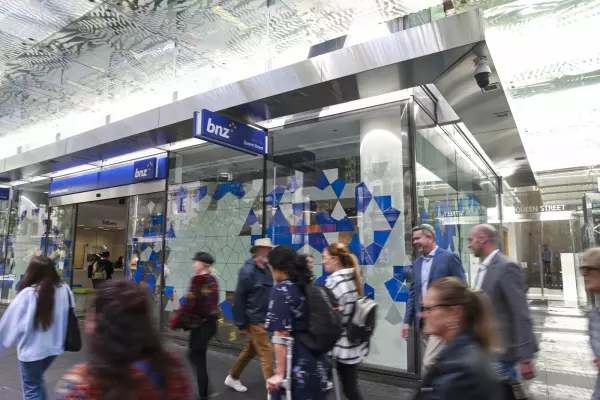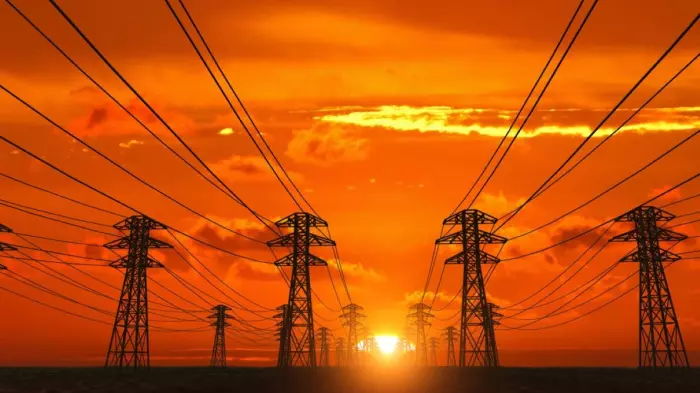This article has been republished. It was first published in September 2020.
Some time, probably this month, an assortment of KiwiSaver providers will begin the tedious process of tendering for the dubious honour of securing default scheme status.
While the government has yet to finalise tender terms, this time around - the third in the seven-yearly renewal series - promises to bring the biggest shake-up yet to the default arrangements.
Conservative is out
As flagged earlier this year, the new default rules include an investment risk upgrade from the current conservative to ‘balanced’ asset allocation and the imposition of various so-called sin-stock exclusions, such as fossil fuel companies.
Both the above measures present some practical implementation difficulties.
Most KiwiSaver providers, and external observers, support switching to a default balanced investment portfolio but there is some debate about whether an immediate change or phase-in period would be the best way of going about it.
Big bang or slow shift?
Newly released government discussion papers reveal the Ministry of Business, Innovation and Employment favours the one-hit transition from conservative to balanced.
Currently, KiwiSaver balanced options have a “moderate (35-to-63 percent) proportion of assets invested in growth assets”, MBIE says.
“We would set a narrower allowable range for the default funds, within this broader range.”
More risk by default
Either way, default members will be exposed to more investment risk, as defined by the chances that asset values move up or down over the short term, than previously.
When KiwiSaver launched in 2007, the Labour government at the time set the default investment level at conservative primarily because it didn’t want to be blamed if markets tanked.
There was a global financial crisis brewing, remember?
It’ll be fine
MBIE, optimistically, rates the current risk of a “loss in confidence” among KiwiSaver default members from moving to balanced portfolios as low in 2020, for a number of reasons – but this one stands out:
“Default members are less engaged in general and most won’t be paying close attention to their balances,” the paper says.
By the same logic, default members would have even less of a clue about whether their KiwiSaver investments are exposed to fossil fuels but, whatever, the government wants to wash the oil out of their retirement savings anyway.
Compulsory greenery
The MBIE paper argues the fossil fuel exclusion could possibly increase “returns in the long-run” and chime with the values of default members – a big call, since there are about 600,000 of them.
“Sector exclusions are straightforward for consumers to understand and could increase trust and confidence in KiwiSaver if the excluded sectors align with the values of default members,” the report says.
More realistically, the fossil fuel decision reflects the current government values rather than the assumed collective conscience of 600,000 default members.
As the MBIE paper indicates: “The exclusion of fossil fuel production is consistent with the government’s commitment to take action on climate change and transition to a low-emissions economy.”
Cutting a few oil stocks from KiwiSaver default portfolios won’t change the world and MBIE admits the scope of exclusions - already restricted to shares only - would anyway have to be “limited to reduce the risk that returns would be impacted.”
“That is important because there is some evidence that excluding too many sectors can negatively impact returns,” the paper says. “This would not be aligned with the purpose of the KiwiSaver Act, which is focused on the financial well-being of default members.”
Define ‘bad’
The government has floated two potential fossil fuel stock exclusion definitions with KiwiSaver providers, but it is understood that even the less extreme version is barely palatable for many of them.
Sort of excluding fossil fuel investments and adding more shares to KiwiSaver funds are minor worries, however, for providers considering a tilt at default status.
Fees the real target
As per previous default scheme tenders, the government is using the opportunity to squeeze providers further on fees.
Default fees are already low compared to the wider KiwiSaver fund universe but the government sees room for further cuts.
Under the proposed bidding process, prospective default providers will have to pitch their service offering separately while fees “would then be overlaid separately and a value-for-money assessment made.”
Probably, all default investment offerings will converge on index-style arrangements to keep costs down. Many already have weighty passive exposures.
Incumbents exposed
The government has more leverage over the existing nine KiwiSaver default funds by reserving the right to transfer members away from those that fail to retain their status.
Losing all their existing default members would be a huge blow to KiwiSaver managers, providing a strong incentive for them to bid down fees.
For perhaps the same reason, other current non-default KiwiSaver managers might not bother tipping their hats into the ring this time.
No easy wins
These are not the good old days of 2007 with millions of unallocated KiwiSaver members to capture.
As the government paper points out, the “rate of members being allocated through the default allocation has significantly slowed.”
“Based on the current flow of new members, and assuming there are nine providers (as is currently the case), new providers could expect to receive only approximately 6,868 new members a year,” MBIE says. “Those members’ accounts will start with low balances that will gradually increase over time.”
A sweetener
The prize could be significantly sweetened, though, if one of the big existing default providers misses out this year.
In fact, MBIE devotes a stand-alone 23-page document to discussing the ins and outs of transferring members from defaulted default schemes.
Shifting, say, 100,000 members en masse would create some disruption and risk, MBIE says, which could be effectively managed.
While the default providers might have the most to worry about, default members “would also be impacted by the transfer options.”
What could go wrong?
“Some default members may experience disruption and potential confusion or anger. Others may be disengaged and may not care that they are being transferred,” the report says.
The government sought to clarify that question during its earlier consultation on the default scheme reboot proposals.
“Consumers who provided feedback via the MBIE website generally thought that disruption to members [of forced transfer] would be small, but many of those submitters appeared not to have understood the question correctly,” the paper says.
David Chaplin founded Investment News NZ in 2015 after almost 20 years covering the financial services business in Australia and NZ.














